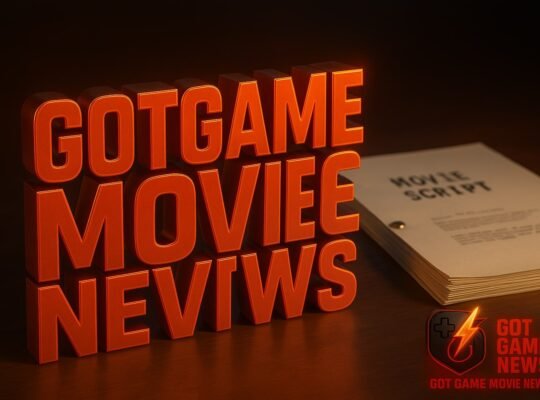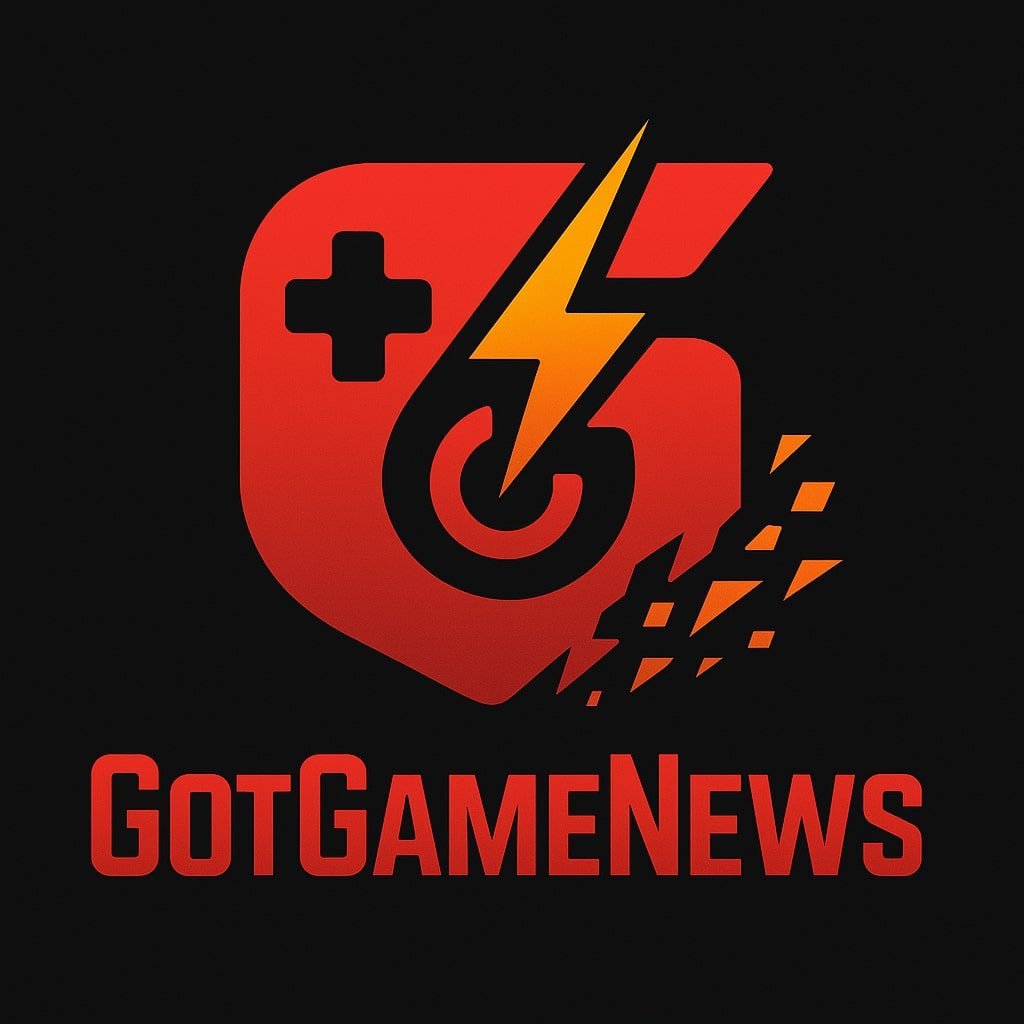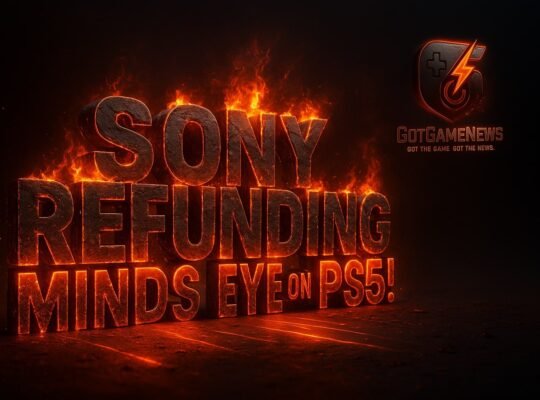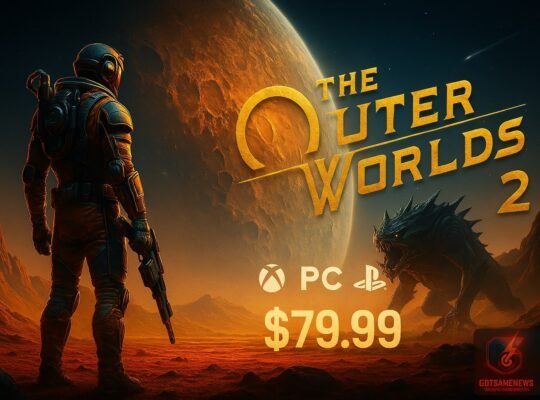The Dream Deferred
Microsoft has quietly put the brakes on its rumored Xbox handheld device. Once a closely guarded project expected to launch in the next couple of years, the internal handheld console has reportedly been shelved indefinitely. Instead, Microsoft is going all-in on optimizing Windows 11 for third-party gaming handhelds.
So what happened? And what does this mean for Xbox gamers hoping to take Master Chief on the go?
Context: The Battle of the Portables
The handheld gaming scene is getting crowded and competitive:
- Valve is pushing the Steam Deck hard, carving out a niche with PC gamers.
- Nintendo has the Switch, with the Switch 2 dropping June 2025.
- Sony returned to the scene with the PlayStation Portal, streaming PS5 games.
Microsoft, never one to be left out of a hardware war, had been working on its own handheld—until now.
The Strategic Pivot
Instead of throwing its hat into the hardware ring, Microsoft is choosing software supremacy. The idea? Rather than build a bespoke Xbox portable, improve Windows 11 so third-party devices can run Xbox Game Pass, cloud gaming, and PC titles seamlessly.
At the center of this effort is Project Keenan, a collaboration with Asus to develop an Xbox-branded handheld PC. So, Xbox fans might still get a portable option—it just won’t have Microsoft’s hardware stamp on it.
Show Me the Money: The Revenue Reasoning
Why is Microsoft backing off its own handheld ambitions? It likely comes down to ROI. Hardware is expensive. Software scale is profitable.
Here’s a breakdown of estimated revenue streams (2024-2025):
| Category | Estimated Revenue | Profit Margin |
|---|---|---|
| Xbox Game Pass Subscriptions | \$5.6B | ~60% |
| Xbox Console Hardware | \$2.3B | ~15% |
| Windows OEM Licensing | \$11B | ~75% |
| Third-party Handheld Deals | \$1.2B (projected) | ~50% (licensing) |
Pushing Windows on third-party handhelds lets Microsoft keep raking in licensing fees without the risk and cost of manufacturing hardware.
Competitive Heat: Timing is Everything
With Valve and Nintendo already dominating portable spaces, jumping in late would put Microsoft in a tough spot. Instead of trying to beat Valve at its own game, Microsoft seems more interested in enabling its ecosystem to thrive across partner devices.
This also sets the stage for Xbox’s next big console cycle. Word is that Microsoft is planning a new home console to drop around 2027–2028, going head-to-head with the PlayStation 6.
What About Muse?
Another subplot in Microsoft’s long game is Muse, their new generative AI system designed to produce gameplay snippets and controller responses. It’s early tech, but could end up redefining development workflows or even adaptive gameplay features.
Pair that with a Windows-powered handheld, and Microsoft could still make waves—just not in the traditional “Xbox portable” sense.
Final Thoughts: Smart Move or Missed Opportunity?
Is this a retreat or a strategy power-up? It depends how you look at it.
- Smart move: Microsoft saves cash, rides the third-party wave, and builds its software empire.
- Missed opportunity: No direct Xbox handheld to rival the Steam Deck or Switch 2.
But if Project Keenan delivers, gamers may not care who built the box—as long as Halo runs at 60fps.
Would you have bought an Xbox handheld? Or is Microsoft playing it just right? Drop your take below.










